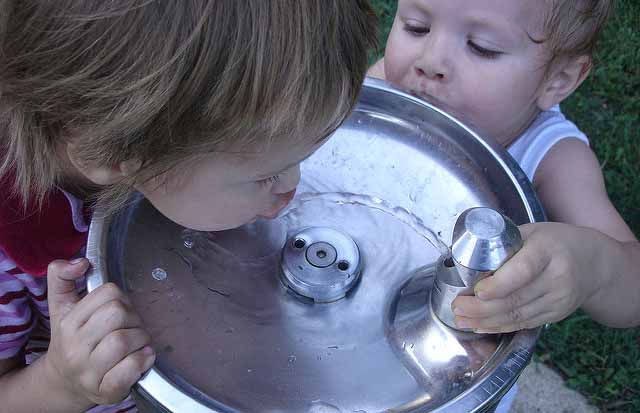The water crisis in Flint, Michigan has many across the state worried that a similar situation could impact Minnesota. Like many states across the country, Minnesota has an aging water infrastructure system, one that Governor Dayton has targeted for repairs and upgrades as part of his 2016 Bonding Request. While high lead levels are unlikely to pop up in local drinking water, Minnesota has its own set of pollutants that pose serious threats to the health and well-being communities across the state.
Northern Minnesota suffers from high levels of mercury, where 1 in 10 babies are born with unhealthy amounts of the toxin in their bodies. Mercury affects neurological development in infants. One of the primary sources of mercury pollution in our lakes and rivers is coal fired power plants. Mercury becomes concentrated in the fatty-tissues of fish, with pollution levels so high that pregnant women are told to avoid eating fish from Minnesota lakes. Luckily, the transition away from coal fired power plants to more renewable energy throughout Minnesota should help decrease one source of mercury, but new sources, like the proposed PolyMet mine, could resulted in even higher levels in the future.
Across southern Minnesota, high nitrate levels are cause for concern for many communities, where a 2015 Minnesota Department of Health report warned that nitrate contamination was a growing threat to public health. High concentrations can cause blue baby syndrome, where nitrates interfere with oxygen in the blood, which can potentially be fatal. Fixing nitrate problems after the fact isn’t cheap either – cities who install nitrate removal systems can end up costing residents thousands of dollars. We need to stop nitrate pollution at the source, by limiting runoff into waterways and using year-round cover crops to stop off-season erosion.
These threats to our drinking water are already present, and we must take steps to reduce their impact through common sense solutions, like managing agricultural runoff and upgrading our water infrastructure. Protecting our drinking water isn’t just the right step for Minnesota, it’s a necessity.
